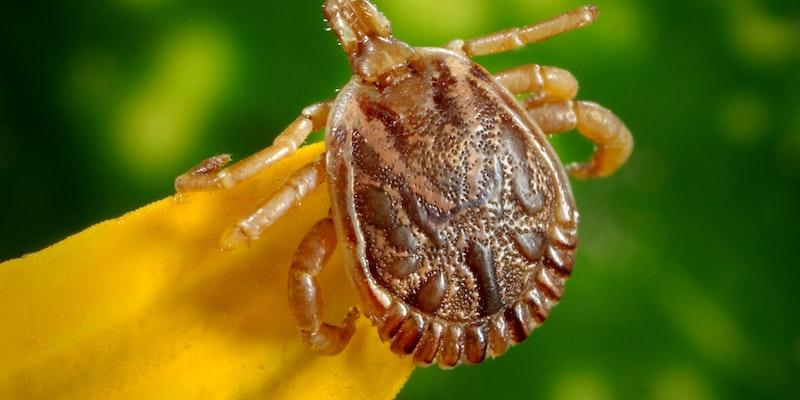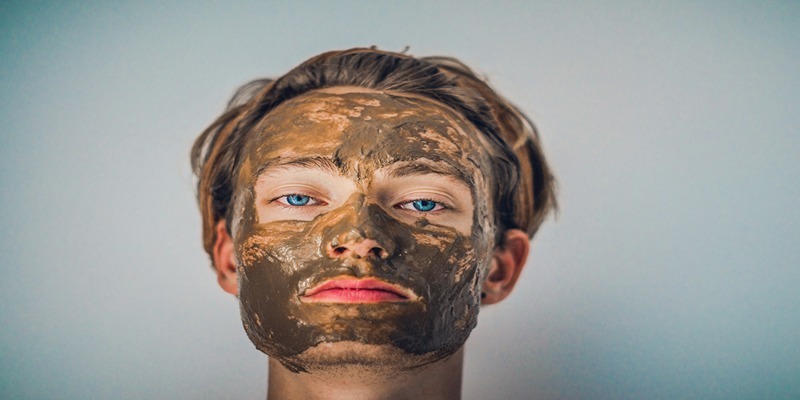You may know ticks cause Lyme disease. You may also have heard they cause Rocky Mountain spotted fever. These creatures go further. Second only to mosquitoes, they bring disease to people.
Spider-related ticks have eight legs. Their flat, round bodies enlarge when they consume. They feed on birds, deer, and human blood.
Their size is small. Except after feeding, mature ticks are about the size of an apple seed. That makes them hard to identify, which helps them spread diseases undetected.
The Rise of Tick-borne Diseases
Epidemiological Trends
- Tick-borne infections, long rare, have increased over the past two decades. CDC epidemiology data is shocking:
- The U.S. recorded twice as many tick-borne infections from 2004 to 2016.
- Since the 1990s, high-risk counties for northeastern U.S. Lyme disease have increased by 320%.
- These rising numbers have made tick-borne infections a public health issue.
Reasons for the Surge
Several factors have been speculated to contribute to this upward trend:
- Climate Change: Warmer temperatures extend the tick season, giving them a longer feeding period.
- Urbanization: Reduction of natural predators and increased contact between humans and tick-infested wildlife habitats due to land development.
- Increased Reporting: Better awareness among healthcare professionals and the public may lead to more reported cases.
Using Laundry to Kill Ticks
Study Insights
The 2016 study published in Ticks and Tick-borne Diseases, led by experts such as Dr. Christina Nelson, provided groundbreaking insights into ticks' resilience and vulnerability to household laundry practices.
- Methodology: Over 1,000 lab-raised adult and immature ticks were subjected to various washing and drying conditions to determine their survivability.
- Core Findings: Ticks proved highly sensitive to heat, with high-temperature drying as the most effective method of extermination.
Temperature Specifics
The efficacy of killing ticks largely depended on the temperature settings:
- Hot water (130°F or above) proved lethal during washing.
- High heat during the drying cycle was more critical than washing, with a mere six-minute exposure sufficient to eradicate ticks.
Laundry Guide to Eradicate Ticks

Pre-Wash Practices
Before diving into the laundry specifics, it’s essential to know the preliminary steps:
- Inspection: Before tossing clothes into the laundry, shake them out to dislodge and remove any unattached ticks.
- Isolation: If you suspect tick presence, it's wise to keep such clothes in a separate bag until they can be washed, preventing potential spread to other garments and ticks in yard.
Washing Protocols
Effectively laundering clothes suspected of harboring ticks is a two-step process:
- Water Temperature: Always opt for hot water settings (130°F or above) when washing potentially infested clothes and ticks in yard. This temperature ensures that ticks are exterminated, especially those of the black-legged variety.
- Duration: While the temperature is paramount, a regular washing cycle's time is generally adequate.
Drying Guidelines
Drying is perhaps the most critical aspect when it comes to eliminating ticks:
- Heat Settings: Use the high-heat setting. Ticks are highly susceptible to elevated temperatures, making this step vital.
- Duration: For dry clothes, a minimum of 10 minutes is recommended. However, if the clothes are damp post-wash, extend the drying time to ensure complete eradication.
Considerations for Different Tick Species

Variability Among Species
Ticks aren't a one-size-fits-all issue. Different species' appearance and resilience to environmental factors, including heat, vary.
Blacklegged Ticks
- The earlier study primarily focused on this species, a primary transmitter of Lyme disease. Some key points about this tick include:
- Commonly found in the U.S.'s northeastern, north-central, and Pacific coastal regions.
- They are known to be sensitive to high heat, making laundry an effective preventive measure.
American Dog Tick
- Another common species, the American Dog Tick, is primarily found in the eastern two-thirds of the U.S. and can transmit diseases like Rocky Mountain spotted fever.
- They are slightly more resilient than black-legged ticks.
- Extended drying times are suggested for clothes suspected of harboring these ticks.
Lone Star Tick
- Predominantly found in the southeastern and eastern U.S., this tick can transmit diseases like southern tick-associated rash illness (STARI).
- Heat sensitivity is comparable to black-legged ticks.
- Following the standard laundry guidelines is effective against this species.
Recommendation Recap
Always lean towards extended drying times if uncertain about tick species.
Periodically check CDC and local health department guidelines as they might have updated recommendations based on new research.
Additional Preventive Measures
Beyond the Laundry Room
While laundering is an effective measure to ward off ticks, adopting a comprehensive approach to minimize tick exposure is essential.
Repellents
- DEET: Considered a gold standard in repellents, products with at least 20% DEET can deter ticks effectively.
- Picaridin: Another effective alternative that can be used on both skin and clothing.
Clothing Treatment
Products containing 0.5% permethrin can be used to treat clothing. Once applied, the protection lasts through multiple wash cycles, adding an extra layer of defense for tick vs. bed bugs.
Post-Exposure Measures:
- After any outdoor activities in areas known for ticks:
- Shower within two hours. This not only helps in spotting ticks but also washing off any unattached ones.
- Conduct a full-body tick check, paying close attention to areas like the underarms, inside the belly button, and behind the ears.
Steps to Take if a Tick Latches Onto You
Immediate Action Plan
Finding a tick spray attached to your skin can be alarming, but prompt and correct removal is critical.
Effective Tick Removal
- Tools: Use fine-tipped tweezers.
- Technique: Grasp the tick close to the skin without pinching and pull upwards with steady pressure.
- Avoidance: Refrain from twisting or turning the tick, as this might leave parts of the tick embedded.
Post-Removal Care
- Clean the Area: Disinfect the bite spot with rubbing alcohol or iodine. Soap and water can be used as secondary option.
- Dispose of the Tick: It's essential to ensure the tick doesn't pose any more risks. Options include placing it in alcohol or a sealed container or flushing it.
Monitoring for Symptoms
Always be vigilant in the weeks following a tick spray bite:
Symptoms like rashes, fever, fatigue, or joint pain can indicate tick-borne diseases.
Consultation with a healthcare provider is paramount if any symptoms arise. They can guide potential treatments or tests.
Conclusion
Ticks vs. bed bugs, though small, pose a substantial health risk due to the diseases they carry. However, armed with knowledge and adopting a multifaceted approach, it's possible to reduce their threat significantly.







